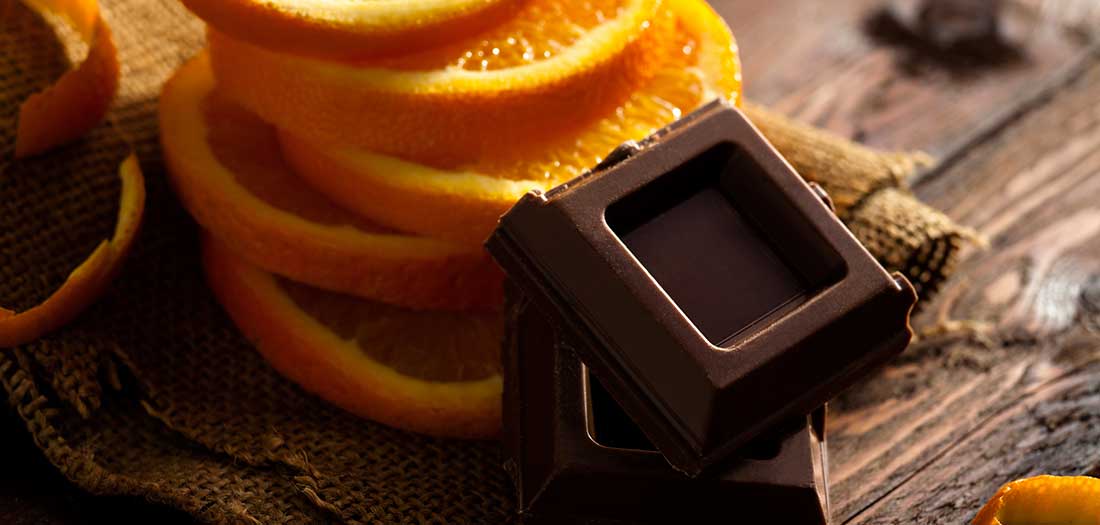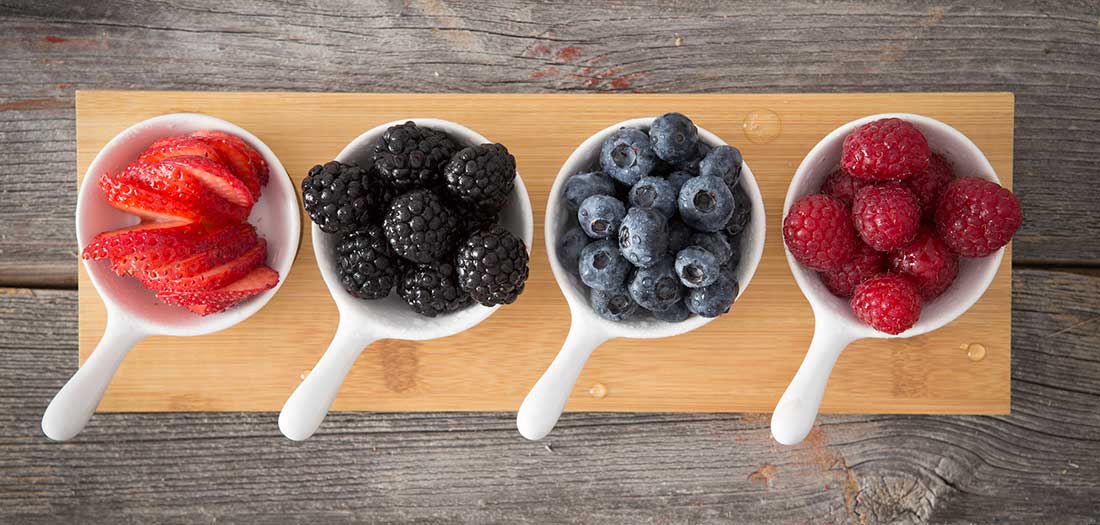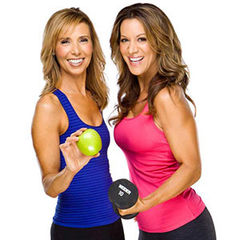Eating for athletic performance is more than what you eat before and after you exercise. Choosing nutrient-dense foods and consuming them at certain times of the day will impact the three important phases of exercise—performance, recovery and repair.
EAT ENOUGH
It’s surprising how many athletes do not eat enough to fuel their workouts and recovery. Inadequate calorie intake will result in reduced performance as well as an increased risk for injury, as your body does not have the nutrients it needs for recovery and repair of damaged muscle tissue. How do you know if you’re eating enough? Monitor your performance, body weight and body composition. A decrease in performance or loss in lean body mass is a result of insufficient calories.
DRINK EARLY AND OFTEN

Intense exercise, especially in warmer temperatures, can quickly cause dehydration, which will impair your performance and ability to recover. Working out on hot days can increase your core body temperature to dangerously high levels. You can prevent this by drinking cold water before your workout, which lowers your core temperature and allows you to work out for longer. Continuing to sip cold water throughout your workout will improve your endurance by keeping your core temperature closer to normal. Don’t wait until you’re thirsty to drink—by then you are already dehydrated. Look at the color of your urine to determine your hydration status—clear to light yellow means you’re getting enough fluid, yellow and cloudy means you’re not. Sports beverages are not usually necessary if you consume enough water and food that contains electrolytes.
IMPROVE CIRCULATION

Having good circulation improves oxygen delivery to your heart, brain, and muscles which keeps you performing better, decreases muscle cramping, allows you to stay focused longer and decreases stress while exercising. Eating foods such as oranges, chocolate, garlic and sunflower seeds can help improve circulation. Consuming iron-rich foods (meat, chicken, turkey, beans and leafy greens) can help increase your red blood cell count and increase oxygen delivery and endurance.
INCREASE ENDURANCE
Workouts that last longer than 75 minutes require you to have plenty of energy. Fueling properly before you exercise will ensure that you have enough energy in the tank to get you through a grueling training session or event. Consuming a balance of carbs and protein before your workout will increase your blood sugar and energy level and keep it steady for a longer period of time. Depending on how much time you have between eating and exercising will determine how much food you can actually eat. Some people need to have at least an hour to let their food digest, while others can work out soon after eating. Good carb choices include oatmeal, sweet potatoes, quinoa, fresh fruit and vegetables. Easy to digest proteins include eggs, Greek yogurt, cottage cheese, chicken and turkey breast, nut butter and protein powder.
RECOVER FASTER

While you exercise, your body is using up its glycogen stores for energy. After you’re done, glycogen resynthesis begins, which requires a combination of fast-acting carbs and protein. Many athletes find that consuming a shake or smoothie with whey protein powder and fruit, such as berries and bananas, is not only convenient but helps them to recover faster, as these foods digest more quickly. It is recommended that a meal with three-to-four-parts carbohydrates to one-part protein be consumed within an hour of finishing your workout, as this is the window of time when the most glycogen is made. A second post-workout meal, about two hours later, with the same carb-to-protein ratio is recommended to fully replenish your glycogen stores. Also, consuming a variety of colorful fruits and vegetables provides a wide range of antioxidants to help mop up free radicals (which slow healing) that are produced during exercise. Antioxidant powerhouses include strawberries, blueberries, carrots, broccoli, eggplant, sweet potatoes and leafy greens.
DECREASE INFLAMMATION AND SORENESS
Athletes have constant inflammation due to tissue damage and stress on their bodies. Inflammation is both good and bad. Every workout causes micro-tears to muscle fibers. Inflammation’s job is to repair those tiny tears and heal and even grow the muscle. Although inflammation repairs tissue damage caused during workouts, it can also cause further damage, called secondary muscle soreness, between workouts. Increasing intake of anti-inflammatory omega-3 fats (e.g., chia, ground flax, walnuts, salmon, tuna, halibut and mackerel) and monounsaturated fats (e.g., almonds, olive oil and avocados) while decreasing intake of pro-inflammatory omega-6 fats (vegetable oils) will decrease inflammation. Tart cherry juice has been studied for its effectiveness in reducing inflammation and muscle soreness and can be included as part of a recovery diet.
PREVENT INJURY

Most athletes aren’t thinking about injuries when they train. They’re focused on performance. However, too much training and not enough recovery or fuel can lead to an overuse injury. Mixing up training to allow for each body part to have at least 48 hours of rest will help prevent an overuse injury. Consuming enough calories with a balance of macronutrients (carbs, protein, fats) will keep your body from entering a catabolic state, where muscle wasting can occur. Each meal should have carbs (e.g., quinoa, brown rice, sweet potato, oats, fruits and vegetables), protein (e.g., salmon, tuna, chicken, turkey, grass-fed beef, eggs, cottage cheese, Greek yogurt, beans and lentils), and fats (e.g., nuts, seeds, avocado, olive oil and coconut oil). Think of dividing your plate into thirds—1/3 should have a complex carbohydrate, 1/3 should have vegetables or fruit and 1/3 should have protein. Add about two tablespoons of healthy fat to complete the meal.
LOSE FAT; NOT MUSCLE
Increasing muscle mass will help increase resting metabolic rate and train your body to use more body fat as a fuel source rather than stored carbs. This will assist you in your quest to decrease body fat percentage. Consuming low-glycemic carbohydrate foods (e.g., whole grains, vegetables and beans) keeps your blood sugar and insulin levels in check. When blood sugar and insulin levels are constantly high from fast-acting carbs (e.g., white rice, fruit juice and cookies), the excess amount of glucose gets packaged into fat cells for storage. Each meal and snack should contain a balance of slow-digesting carbs, protein and healthy fat to keep insulin in check and prevent increasing body fat percentage. Choosing a variety of fresh, whole, clean foods and having a balance of macronutrients at every meal will help improve performance, enhance recovery, and repair damaged tissues so that it is easier to attain fitness goals.




 by
by 








 by
by